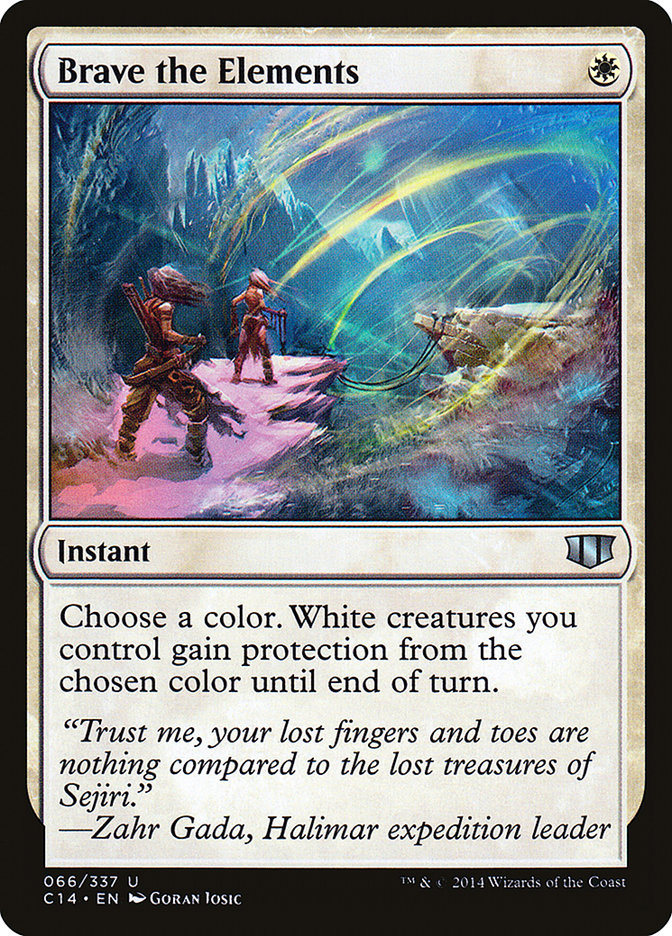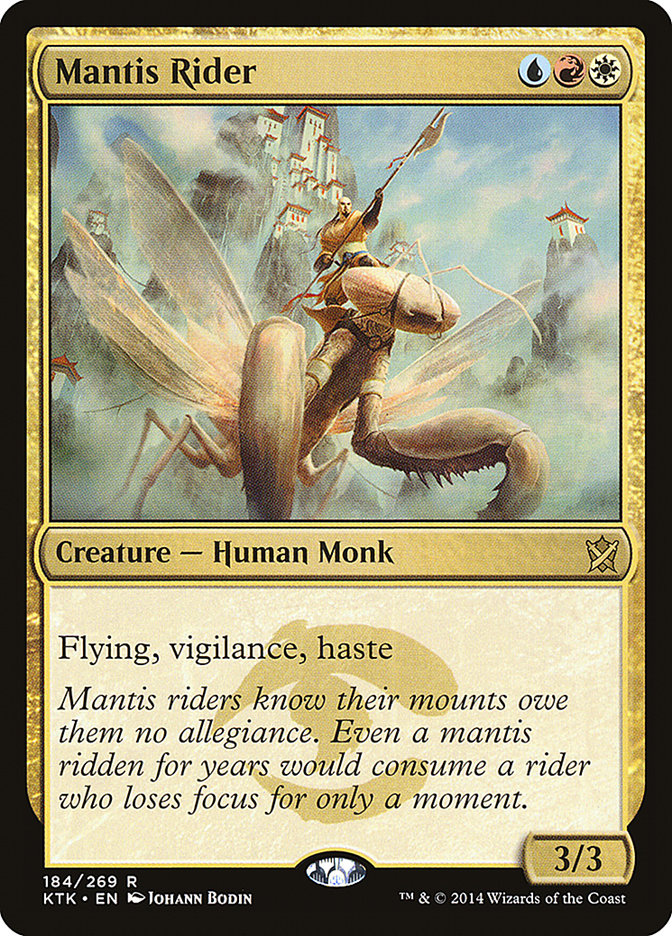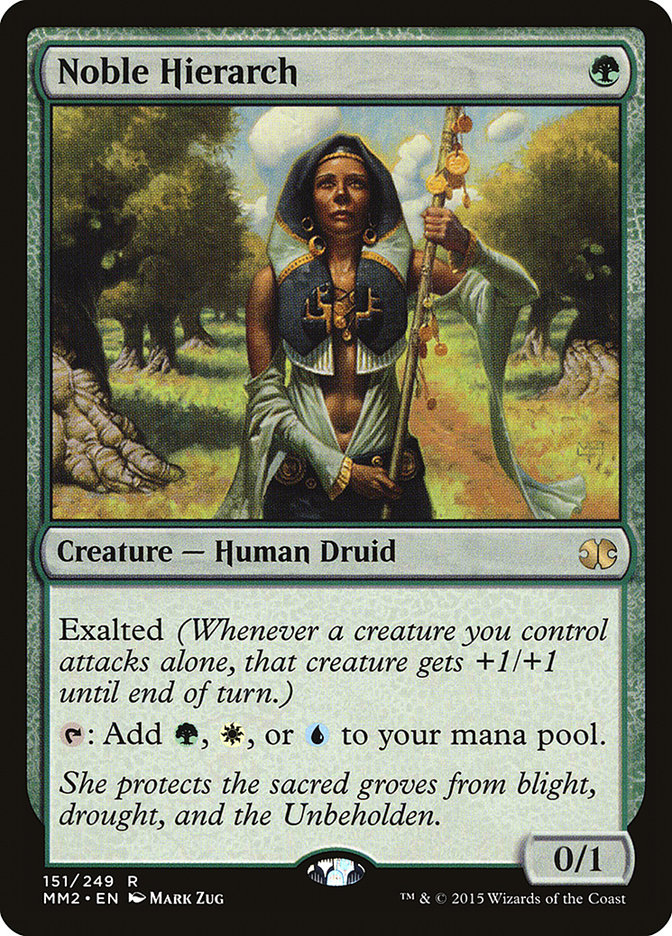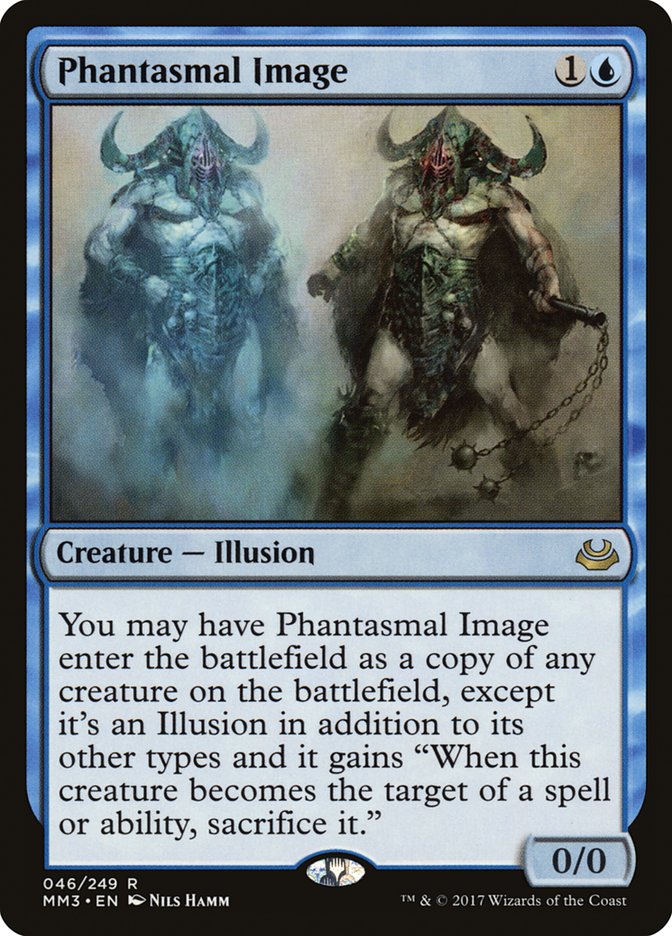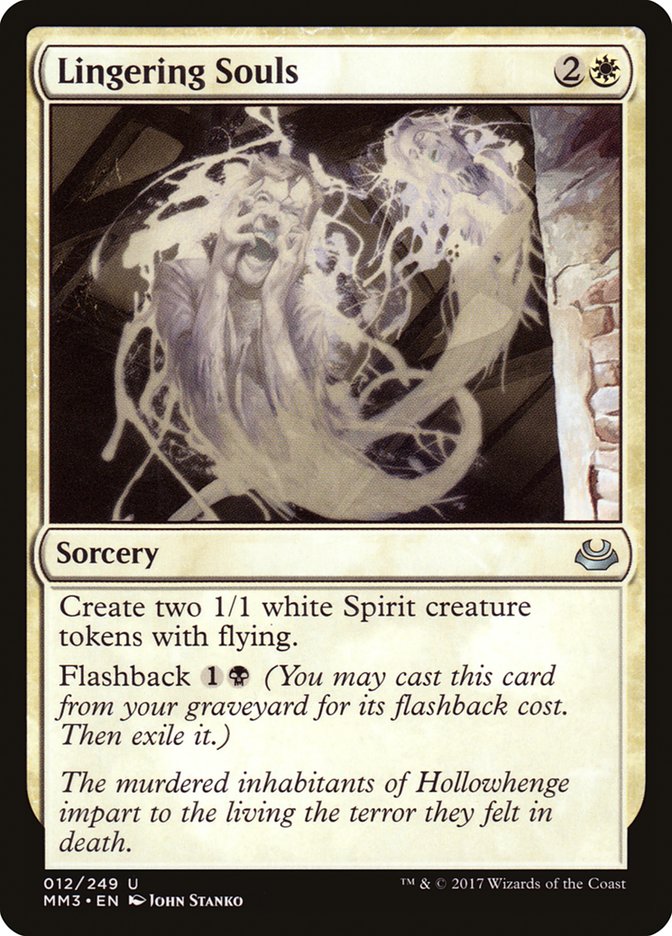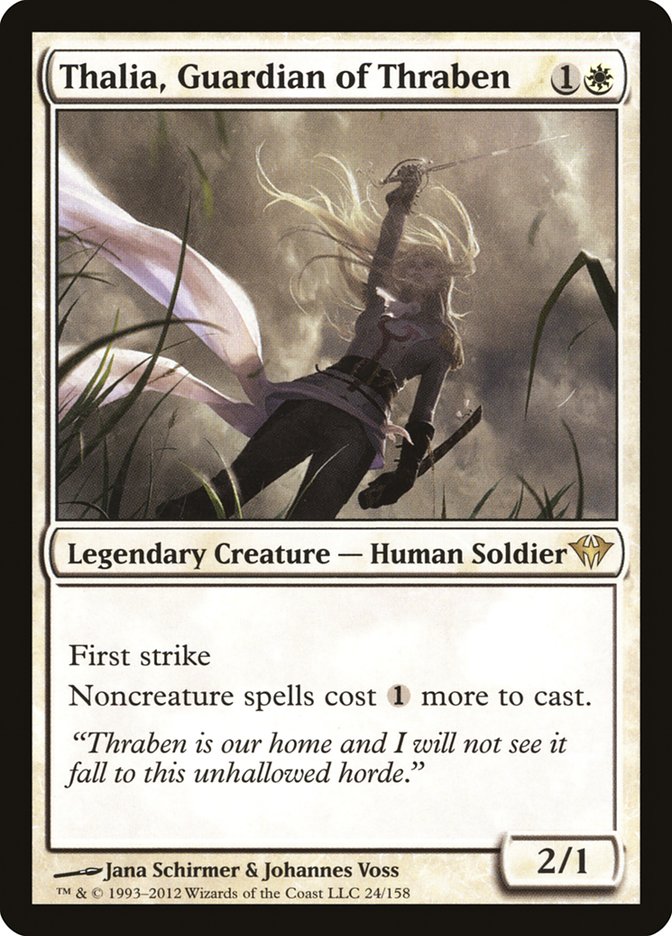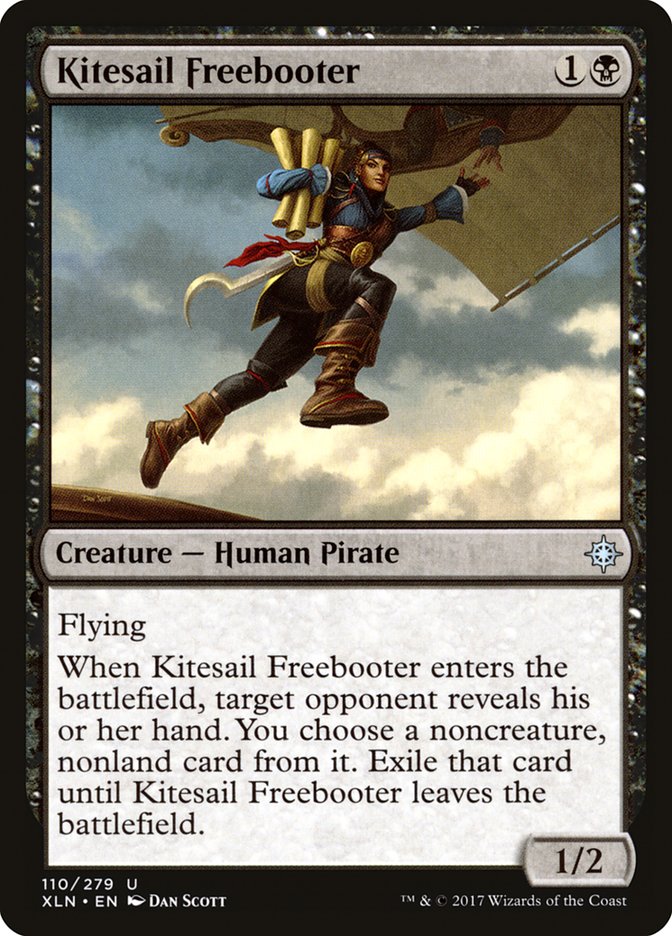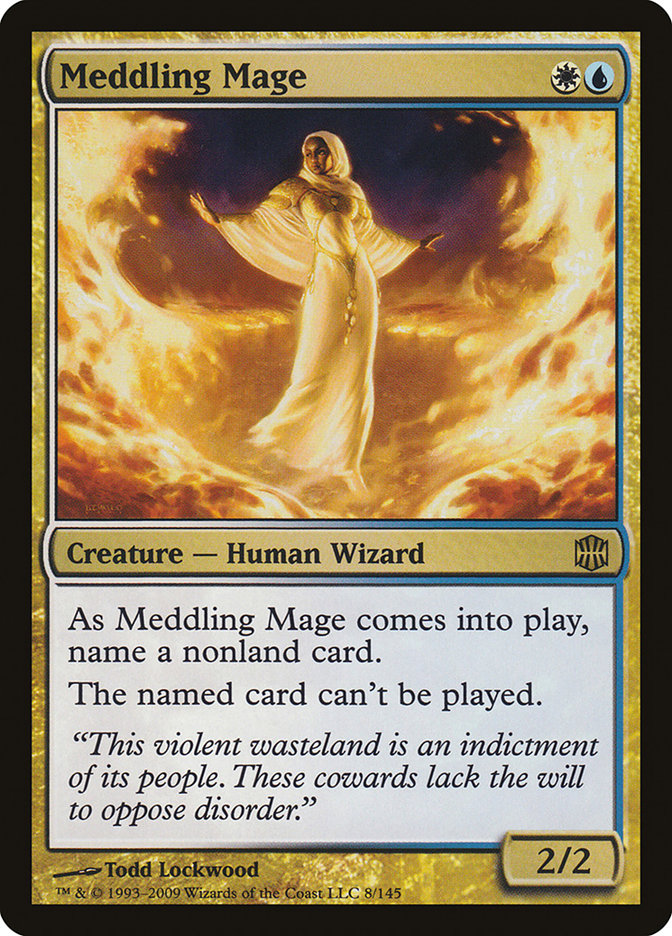I learned a lot about Magic from watching Pro Tour Rivals of Ixalan. I always do when I watch coverage. In my
experience, watching the Pro Tour is the second most time-efficient method
of learning Magic, second only to playing the Pro Tour yourself. But hey,
that’s not always an option.
In a lot of ways, Humans was the story of Pro Tour Rivals of Ixalan. Not only was it the single most represented deck
in both the Day One and Day Two fields with a respectable above
average Day Two conversion rate, it also was the only deck to place two
copies into the Top 8 of the tournament. Of course, the success of Humans
shouldn’t be too surprising to those who follow the SCG Tour, where the
deck has been impressive ever since it’s victory at #SCGCIN.
But for me, Humans itself wasn’t the most important story of the
tournament. No, what I fixated on was how players were going about beating
Humans. The success and popularity of Humans wasn’t a surprise to any of
the competitors at the Pro Tour. Everyone was ready for it, and time and
time again I watched feature matches where subtle weaknesses in the Humans
deck were capitalized on to great effect.
When Humans broke onto the Modern scene a few months ago, I immediately
shortcutted it in my head as a disruptive aggro deck, similar to Death and
Taxes or Merfolk. As such, I figured I wanted cheap spot removal,
reasonable sweepers, and the ability to turn the corner. These things are
all good against Humans, and that shortcut was very useful in letting me
quickly react to the new deck on the scene.
My mistake was in never moving past this idea of the Humans deck. I fixated
on beating the archetype and never tailored my plan to the Humans deck
itself. Watching Pro Tour Rivals of Ixalan opened my eyes to a lot
of the specific things I could be doing to beat up on the Humans deck, and
now I’m going to share them with you.
Where’s Their Reach?
When figuring out how to play against an aggressive strategy, one of the
most important things to look at is the tools they have to get the last few
points of damage in. Classically, the game plan against an aggressive
strategy is to seek a stable game state where they can no longer push
damage through. From that point, you start to take the aggressive role and
work towards finishing the game while making sure not to expose yourself to
undue risk in the process.
In reaching that stable game state, it’s very helpful to be able to use
your life total as a resource. If you chump block with every creature you
play, you never get to a point where you can profitably double block their
large Champion of the Parish. But your freedom to use your life total as a
resource is constrained by their ability to push through the last few
points of damage.
Against a deck like Burn, you have almost no freedom to take hits you don’t
have to. If you manage to get to a point where Goblin Guide can no longer
get in for damage when you’re at eight life, you’re probably going to lose
to Lava Spikes and Boros Charms. It’s very easy for the deck of burn spells
to finish the job once its creatures are outclassed.
Creature-centric aggressive decks typically occupy the other end of the
spectrum. Because their plan is based around creatures, it’s much harder
for them to get through the last few points of damage. Generally, any reach
these decks have access to is in the form of either good keywords like
flying or haste, or spells that grant some evasive ability.
Brave the Elements, I’m looking at you.
It’s important that creature decks are worse at finishing the job, because
they’re a lot better at doing the creature thing. These decks are a lot
harder to stabilize against, because their creatures are more imposing or
more resistant to removal, or in the case of the Humans deck, both. If you
treat your life total as priority number one and protect it with chump
blocks at every opportunity, you’ll have a very difficult time stabilizing.
The problem in stabilizing against Humans has always been that the strategy
has very good reach for a creature deck. Most of which can be
traced directly to Mantis Rider.
I loved Mantis Rider as much as anyone while it was in Standard, but I’ve
sure hated watching it swoop in out of the Humans deck for the last three
points of damage time and time again. Because of Mantis Rider, three was
not a safe life total if you weren’t ready with a flying blocker.
Oh, right. Because the Humans deck would often have a Noble Hierarch or two
lying around, you weren’t really safe at four or five life either.
And of course, if you did manage to stabilize at something like six life,
you could still very easily die to two over the course of a couple turns.
Or to two in one turn, if they had been sandbagging a Phantasmal Image to
be a second Mantis Rider in the event that they managed to find the copy
they needed.
Because of this, playing against Humans was something of a catch-22. Did
you take the early hits you had to take in order to build up a battlefield
that can compete and risk dying to Mantis Rider later, or did you sacrifice
a lot of your game state in order to preserve your life total and risk just
dying to never being able to stabilize?
The Pro secret? Opt out of that choice altogether.
While watching the Pro Tour, it quickly became apparent to me that the
prevailing strategy for midrange decks against Humans was to aggressively
use their life total as a resource in order to stabilize the battlefield.
The commentators mentioned multiple times that
Gerry Thompson
kept winning games against Humans at one life. But it wasn’t that the
midrange pilots just decided that they got the most equity by choosing to
lose to Mantis Rider. No, instead, they played the games and built their
decks to make Mantis Rider not matter.
They did this in a few different ways. First and foremost, they built their
decks to include more flyers. It’s no accident that two different Lingering
Souls decks made the top 8 of this Pro Tour after a long stint of the card
being a non-player in the Modern metagame.
But more than that, they prioritized those fliers. I watched Reid
Duke decline to trade a couple of Lingering Souls Spirits for Human ground
creatures on multiple occasions and eventually realized that the reason was
that he knew having an air force would be an important part of winning this
game in the long-run. Those Spirit tokens were worth more to him than a
favorable trade for an irrelevant creature because they were a necessary
component in his long-term game plan.
Leaving two Spirit tokens back on defense was a very common play pattern
throughout Pro Tour Rivals of Ixalan, presumably so that Reflector
Mage couldn’t force a flier through. When necessary, a removal spell that
could shoot a Mantis Rider out of the sky at instant speed was held as long
as needed. Overall, players jumped through a lot of hoops to protect
themselves from Mantis Rider, and their work paid off.
The players at the Pro Tour understood the Humans deck really well. They
realized that they needed to have the luxury of falling to a low life total
to stabilize against the good Humans starts. They then took the next step
and figured out how to take away the reach of the Humans deck so that they
could afford that luxury. Honestly, that’s just good Magic.
If Kessig Malcontents becomes more popular out of the Humans deck, this
plan will become more complicated quickly. Malcontents did not seem overly
popular at the Pro Tour, with only a single copy between the 150 Humans
cards that battled on Sunday. Going further in the direction of Malcontents
might be the next step for Humans.
Their Cards Are Bad / Punishing Duplication
If you have time, I highly recommend watching game 1 of Reid Duke’s round
15 match against
Tay Jun Hao. Well, I recommend watching the whole match, actually, but game
1 is what’s relevant for this next idea.
In that game, Tay Jun Hao played a turn 2 Thalia, Guardian of Thraben. That
Thalia picked up two Thalia’s Lieutenant counters over the course of what
ended up being a very long game. That same Thalia lived until turn
I-don’t-even-know, but it’s untimely death at the hands of a removal spell
happened immediately before Reid attacked for lethal.
I would have killed that Thalia on turn 4.
Watching that game opened my eyes.
Previously, I had prioritized dealing with the Guardian of Thraben. I
assumed that having all of my non-creature spells taxed one mana would put
me too far behind in dealing with their threats. I didn’t think I could
afford to spend two mana on every Fatal Push for the rest of the game. I
was wrong.
The play pattern I had fallen into was one adopted from experience playing
against Death and Taxes style decks. Classic hate-bears decks use Thalia in
a much more imposing way. She’s not the only drain on your mana that you’re
going up against. She synergizes with Leonin Arbiter and their land
disruption plan, threatening to give you no realistic counter play if she
sticks around. In that matchup, Thalia being a priority removal target
makes sense.
But that deck isn’t Humans. The only similarity they share is that they are
both a pile of bad cards thrown together with the hope that together they
can be something more than the sum of their parts. Death and Taxes has a
mana denial strategy that Thalia fits right into, Humans has nothing of the
sort. The only synergy Thalia has with the Humans deck begins and ends in
the type line.
I’m not trying to say that Thalia doesn’t belong in the Humans deck. Far
from it, actually. She does enough to merit her inclusion, she just doesn’t
do quite enough to merit her destruction.
Both Humans and Death and Taxes can be classified as disruptive aggro
decks, but their disruptive elements couldn’t be more different. Death and
Taxes wants to deny you the mana to use your spells. Humans wants to deny
you the ability to cast them at all.
Kitesail Freebooter and Meddling Mage do the heavy lifting on the
disruptive side of the Humans deck. These cards are trying to stop you from
casting your spells, and synergize very effectively with each other. The
more removal spells you can lock away with Freebooter and the Mage, the
less likely you are to see a cascading chain of freed removal spells
dealing with your battlefield. Thalia synergizes with that plan if she eats
one of the removal spells herself, otherwise she just slows down that
cascade.
The most illustrative part of that game from Reid was that the Thalia kept
growing. It wasn’t worth killing as a 2/1, okay. It still wasn’t worth
killing as a 3/2, and it wasn’t even worth killing as a 4/3 until doing so
enabled a guaranteed win. That’s some pretty massive disrespect for the
card.
It’s common knowledge that synergy decks are weak to sufficient quantities
of spot removal. On their own, the cards in these decks are not very good.
They need each other, but if they just keep trading with removal spells
they won’t be able to help each other out. Recognizing that Thalia doesn’t
actually synergize very well with the rest of the Humans deck is a huge
boon towards ensuring that you have enough spot removal to deal with the
threatening synergies.
Fringe benefit of letting Thalia, Guardian of Thraben live: you can strand
additional copies in their hand. The Humans deck is prone to not finding
enough action in long games, and every additional dead card you can create
helps.
Of course, sometimes you will have to kill the Thalia. Sometimes you have
really mana-hungry hands that are removal rich, and the tax will just make
your life too difficult as the game progresses. Just understand that doing
so should be the exception, not the rule.
There’s one more really cool decision from Reid I want to highlight before
wrapping this up. One of the interesting features of the Humans deck is
that nearly all of its cards synergize best with additional copies of
themselves. Champion of the Parish starts are scary, but double Champion
starts are nearly unbeatable. One Kitesail Freebooter is annoying, two is
rough, and three can often be game-ending. Meddling Mage, of course, counts
as basically Freebooters 5-8 for this purpose. If one Mantis Rider wasn’t
enough, two should just about do it. And don’t get me started on the
absurdity of multiple Kessig Malcontents.
It’s because of this power of duplication in the Humans deck that
Phantasmal Image is so good in the deck. In every circumstance, it’s
another copy of a creature you already have on the battlefield in a deck
where the second copy of any creature is basically the best thing you could
possibly have.
Reid took advantage of this quirk of the Humans deck by playing two copies
of Maelstrom Pulse. Historically, Maelstrom Pulse is an awkward card for
the B/G centric decks. It’s one of your best spells against Tron, but three
mana is often too slow against the aggressive decks and you are going to be
a huge dog to Tron with or without Pulse.
But against this aggressive deck, Maelstrom Pulse is fantastic.
They actively want to have multiple copies of the same card on the
battlefield. You’re ahead if they play around it and ahead if they don’t.
Reid top 8’d the Pro Tour beating Tron twice along the way, and I don’t
doubt those wins were his reward for realizing one of his best anti-Tron
spells was also weirdly great against an aggressive deck where it wouldn’t
normally be good enough.
When people say that the best way to learn how to beat a deck is to play
with it until you understand it, this is the kind of stuff they’re talking
about. Having a deep understanding of a deck lets you do things like adjust
the build of your deck to take away their reach and fundamentally alter the
matchup. These ideas are both subtle and powerful, a combination which
always makes for the best, most rewarding Magic.


